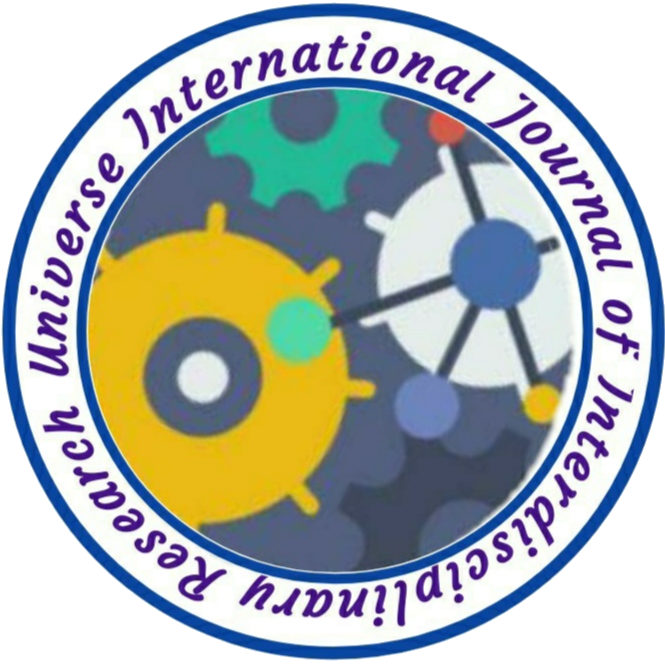ROLE OF MAHATMA GANDHI’S NON – VIOLENCE THEORY IN PREVENTING COMMUNAL RIOTS IN INDIA (1946-47)
Author Name: Quazi Nurul Hamim
Volume: 01 & Issue:
Country: India
DOI NO.: 08.2020-25662434 DOI Link: http://www.doi-ds.org/doilink/01.2021-46498934/UIJIR
Affiliation:
- Ph.D Research Scholar, Seacom Skills University , Kendradangal , Bolpur , Birbhum ,West Bengal, India.
ABSTRACT
Mohandas Karamchand Gandhi, known to all of us as Mahatma Gandhi, has applied the principle of non-violence as a significant tool of the anti-British struggle in the history of India's independence movement. The principle of non-violence that began to be practiced in the history of India with various regional movements, its subsequent use in various all-India movements transformed Mahatma Gandhi from a common leader to the ‘father of the nation’ On the eve of India's independence in 1946, communal clashes between Hindus and Muslims were raging in various parts of India, especially in Calcutta, Noakhali and Bihar, as well as in Calcutta immediately after independence. At this time, Mahatma Gandhi kept himself away from the competition for power in Delhi, embraced the ideals of true justice and violence, visited villages in East Bengal and Bihar, including Calcutta, and appealed for the cessation of communal brotherhood. He marched incessantly to bring the misguided Indians to the path of peace and possibility. He left for Noakhali on 6 November 1946 to spread the message of non-violence in the wake of the communal riots in Noakhali. Along with him, he established an ashram there to serve the needy. This time he said his ordeal of non-violence in Noakhali. However, seeing the attitude of the Hindu-Muslim community towards him, he admitted within a month that it seems that my non-violence did not respond to the Hindu-Muslim. He then set out for Bihar. There he also marched to spread the message of non-violence. However, some people of the Hindu community there, being influenced by him, realized their mistake and wrote a letter to Gandhiji expressing their remorse for the riots. This is the success of Gandhiji. This communal riot plagued Gandhiji so much that he, who at one time was a staunch opponent of partition, was compelled to accept partition despite strong reluctance only to maintain communal harmony. However, during the period of independence, there was a hint of communal riots in Calcutta. So Gandhiji came back to Calcutta on 9 August 1947 in the role of savior. When the riots broke out in Calcutta on September 1, Gandhiji went on a hunger strike to restore normalcy in city life. In this case, he achieved a lot of success. While other leaders in Delhi were busy gaining power in independent India, Gandhiji, far from Delhi, was busy maintaining communal harmony. This is why he became known as ‘Mahatma.’
Key words: Satyagraha,Non-violence, Communalism,Humanity, Riots, Savior

No comment